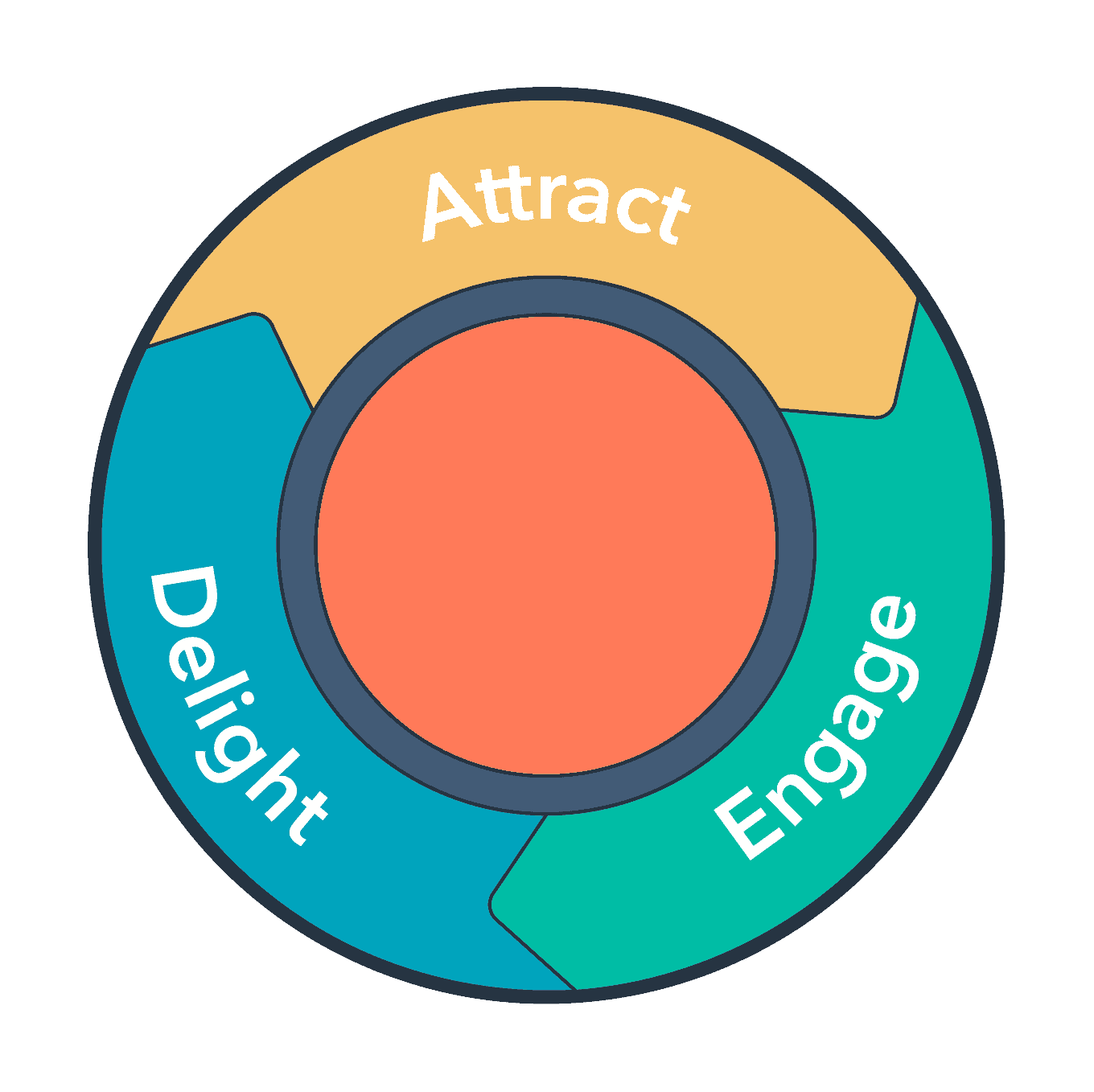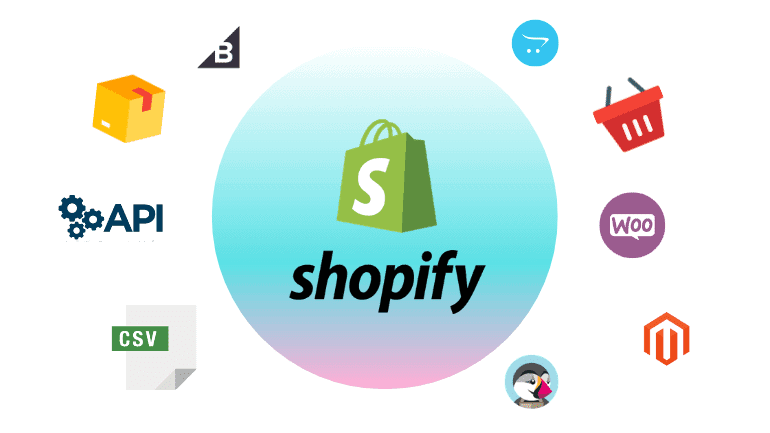An Overview of Inbound Marketing
Content creation is key to the inbound methodology when it comes to connecting with customers and prospects. Sales funnels require heavy resources at every stage. The more valuable your content is, the more likely you are to attract visitors, nurture leads, and close deals.
According to Hubspot, the customer acquisition process is divided into four main steps: attracting customers, converting them, closing deals, and delighting customers.
Why should you use an inbound marketing strategy?
Inbound marketing is more effective than other methods for three important reasons. Here is some helpful advice on getting started, as well as some reasons why it’s a great choice.
- Marketing through inbound strategies is cost-effective.
The only thing you need to get started with inbound marketing is a website and content.
Creating a following on social media and blogs can become a challenge for small businesses due to the high start-up costs. Starting small will allow you to scale as your business grows.
To maximize your ROI, you can also adjust your campaigns based on the results of previous campaigns. A traditional marketing approach, such as TV ads, print, billboards, and posters, is considerably more expensive.
In terms of engaging and retaining customers, these can be effective, but they don’t necessarily boost awareness.
- Inbound marketing appeals to tech-savvy customers.
As customers become more disengaged from brands, traditional marketing tactics are losing ground.
According to Search Engine Land, paid search and social media increased by 26 percent following the global pandemic. Print, television, and direct mail, on the other hand, have declined by up to 46%.
The future of marketing clearly lies with inbound marketing.
The number of people using digital platforms is increasing as they select to stay indoors more often. As a result, they’re more likely to find and rely on online resources to make purchasing decisions.
- An inbound marketing strategy has long-term value.
Informational guides, infographics, case studies, and ebooks produced for inbound marketing have a longer lifespan than those produced for outbound marketing. Keep your content relevant and timely by updating and republishing it.
Traditional marketing tactics, on the other hand, are short and sweet. For just a handful of sales, a sales representative can spend hours cold emailing and calling prospects. This approach may build trust, but it isn’t guaranteed to produce long-term relationships; rather, it’s more of a numbers game.
- The inbound marketing method is authentic
According to Edelman’s Trust barometer, 81 percent of respondents consider trust when making purchase decisions. Ads with big promises don’t work in their favor because they are also used to big promises that are never fulfilled.
The best results come from inbound marketing strategies that include publishing actionable and interesting content.
Conclusion
In a tech-savvy world, inbound marketing is the future. You can promote your business’s success in the long run by implementing an inbound marketing strategy that can attract customers, build trust, and foster loyalty. Choosing to focus on an inbound methodology when you plan your promotions is a smart decision which will benefit your business as well as your customers.





